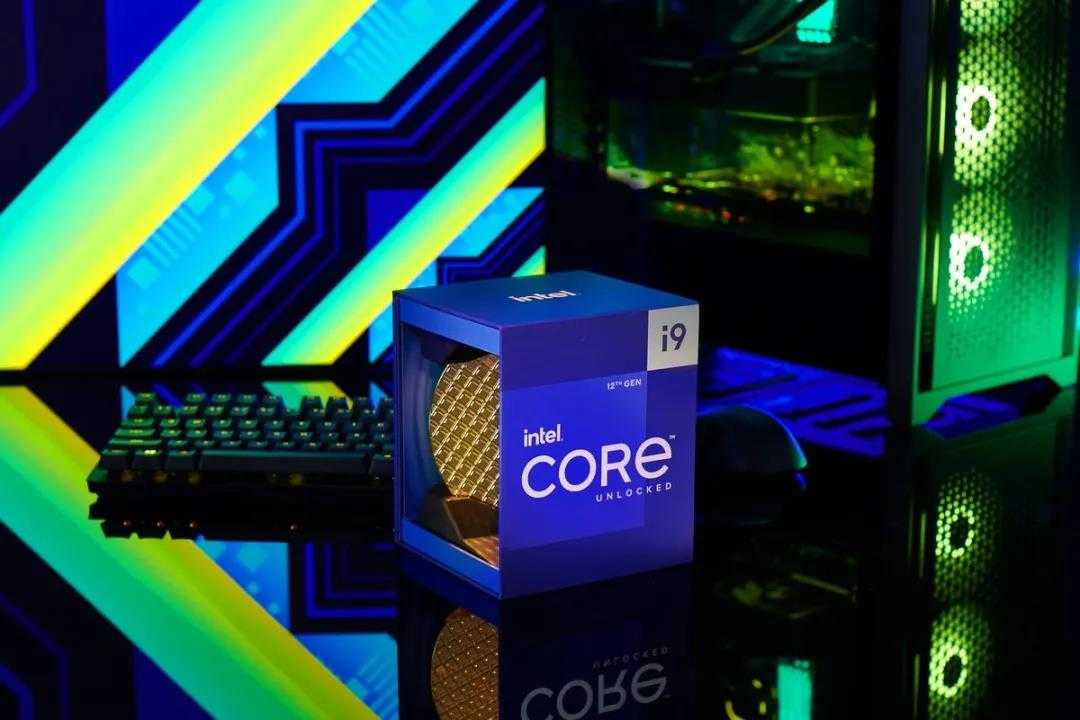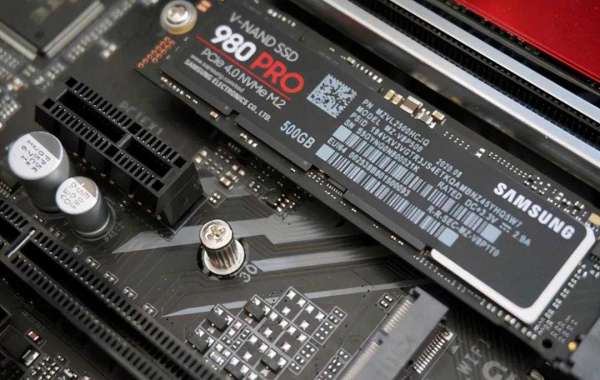Intel’s twelfth-generation Core processor is on sale soon, and the performance of this series of processors must have attracted the attention of many players. Some players who pursue performance are estimated to be gearing up, thinking about replacing new equipment. However, before upgrading your PC, let's first take a look at which hardware is worth upgrading with the CPU and motherboard. After all, Intel is compatible with DDR5 and PCIe5.0.

If you want to upgrade the 12th-generation Core processor, in addition to the usual replacement of the motherboard, the introduction of DDR5 memory sticks also gives users more choices. As for PCIe5.0, because there is no related product on the market yet, so this discussion will skip it. Then PCIe4.0 solid state drives are not worth buying. Are DDR5 and PCIe4.0 hard drives necessary to upgrade?
Is DDR5 worth buying?
Intel’s new-generation platform comes standard with DDR5 memory, but Intel also knows that if you force everyone to use expensive DDR5 memory, the result may be poor sales in exchange for a new-generation processor. So although Intel recommends that you buy DDR5 memory in order to give full play to the best performance of the new platform, it also provides a DDR4 version of the motherboard, so that everyone can upgrade and replace more easily.
From the perspective of the price of the motherboard, the price difference between the DDR4 version and the DDR5 version under the same specifications is not large, so there is basically no difference between the two in terms of motherboard cost. In terms of memory sticks, the cost difference between the two is not small, not to mention that most users who upgrade the 12th-generation Core processor still have the DDR4 memory used on the previous platform in their hands, and there is no need to buy new memory. strip.
So what is the current price of DDR5 memory sticks? At present, the cheapest DDR5 memory module is probably the bare one introduced by various manufacturers, that is, the memory module without heat dissipation vest and RGB lighting. This type of memory module is out of the range of options for users who care about the appearance of the hardware.
Even if it’s a bare one, Micron’s 8GB DDR5 4800 memory module is priced as high as 599 yuan. For comparison, the price of the Corsair DDR4 3600 Avenger RGB SL, 8G*2 is 619 yuan, and the price of a single module is about 309.5 yuan, almost twice. Price gap.
Moreover, the overclocking physique of the Corsair DDR4 3600 Avenger RGB SL is quite good. There is no problem with the main frequency exceeding 4000 if the motherboard allows. With the timing far lower than DDR5, it is not inferior in actual performance. DDR5.
To put it simply, with a price gap of nearly twice, the game performance gap between the two may be less than 5%, and the former is a bare strip, and the latter is an RGB vest strip, and the appearance value is not on the same level. So how much does it cost for a DDR5 memory stick with performance that exceeds DDR4 and its appearance is online?
The same is the pirate ship's memory module, DDR5 5200 platinum ruler, the price of the 16*2 set is 5999 yuan, which is equivalent to about 3000 yuan, so what about the 8G? The price of 8G*2 is 3,999 yuan, which is about 2,000 yuan per unit.
Some netizens estimate that there will be a question mark on their heads. The main frequency of 4800 and 3600 are one-third different. How can it be possible that the performance is similar? Because everyone missed the timing parameter, timing has a great impact on performance when testing memory performance. The general timing of DDR5 is 40. For the better memory modules in DDR4, the timing of the 3600 main frequency is basically 16 or 14.
Is PCIe4.0 worth buying?
Since DDR5 is not worth buying? What about Intel's PCIe5.0? In fact, PCIe5.0 is not worth discussing than DDR5. After all, DDR5 is already on sale. In addition to official announcements, PCIe5.0 hard drives are not even on sale. It is better to discuss PCIe4.0, at least The product models on sale have gradually caught up with PCIe3.0 solid state drives.
PCIe4.0 solid-state drives are now frequent customers in many high-priced installation orders, including high-end flagship solid-state drives such as Samsung 980 Pro. So the question is, is PCIe4.0 SSD worth buying? If it was some time ago, Xiao Lei may tell you that it is not worth buying, because PCIe3.0 has a clear advantage in cost performance, and the increase in gaming experience brought by high-end PCIe4.0 cannot offset his price increase.
However, with the recent crazy price cuts of solid-state drives, it seems that it has also driven the decline of PCIe4.0 solid-state drives. Some high-end PCIe4.0 solid-state drives have actually been reduced to a price similar to that of high-end PCIe3.0. The more typical one is the Corsair’s MP600 solid-state hard drive, which not only far exceeds the top-level solid state of PCIe3.0 in performance, but the price is basically the same.
Therefore, the current PCIe4.0 solid-state drives need to be viewed dialectically. Low-cost high-performance solid-state drives like MP600 are worth buying, while some high-priced and low-performance solid-state drives (a domestic brand PCIe4.0 solid-state drive is only 200MB higher than 3.0. Reading and writing, the price has doubled) is not worth buying. It is worth noting that the read and write speed gap of PCIe4.0 is much larger than that of PCIe3.0, and the speed of low-end PCIe4.0 may not be as good as PCIe3.0's flagship solid state.







